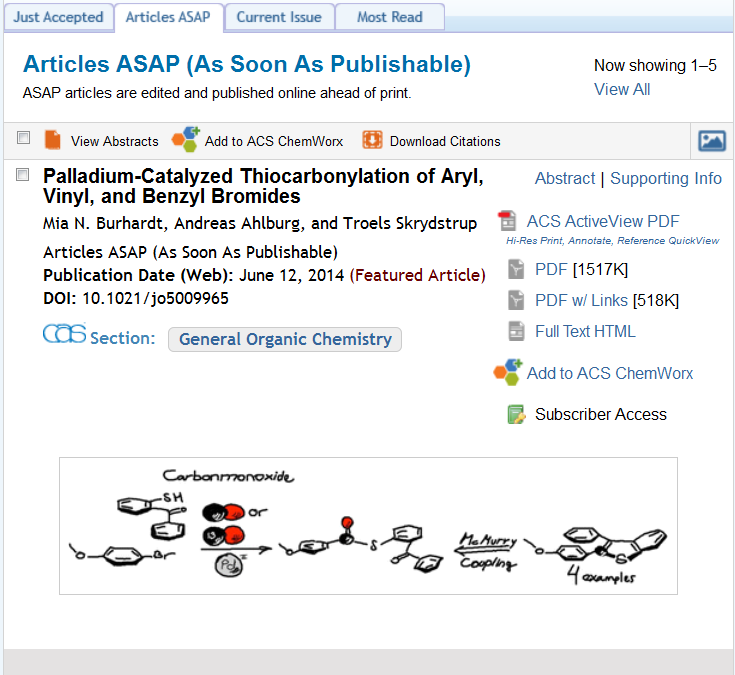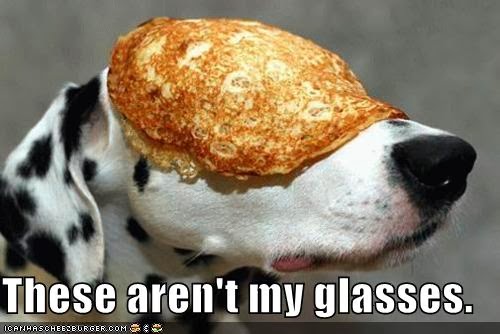Skipping work* and heading in to London led to a wonderful day in Burlington House. A Wikipedia editing workshop was organised by the Royal Society of Chemistry and
Wikimedia UK (a charity that supports and promotes Wikipedia and other Wikimedia projects).
*Looks back at original email application to attend* (
paraphrased)
I want to learning more
about editing and creating pages on Wikipedia would allow me to
contribute more often than I do now. I have made a few small additions
to pages, but feel I have been held back sometimes because of ignorance
of the coding/formatting language (Just looked it up - "Wiki markup").
Editing wikipedia
could give me the chance to have more interactions with the community of
knowledgeable chemists around the world.
I would also like to learn
more about linking, searching and applying chemical information on the
internet. This would obvs be helpful to me in my career. Totes amazeballs,
Marvin
Stuff I need for the day: (from my notebook)
- Laptop
- Camera (photos below!)
- Fob for work account (access to ChemDraw)
- Notebook (Moleskine, unlined, pocket sized)
- Chargers
- Water
So after a fairly enjoyable trip in to foggy London (along with some commuters), I stopped for a coffee (I was a bit early). A couple were talking loudly about theology (existentialism was definitely a word they used) behind me. At that point I knew it was time to bathe in the scientific waters of the Royal Society of Chemistry. The walk up:
 |
| #UnionJack #Fortnum&Mason #BlackCab #RedPhoneBox |
I came to the door and pushed (or pressed, I can't remember).
Picked up my name badge and headed in to start up my computer and get Wikipedia editing. One of the first things I learn is WP is a better abbreviation for Wikipedia than "Wiki" according to Charles Matthews, one of the Wikipedians teaching us. Interesting. We will build the house of the future.
 |
| If those vertices were carbon atoms, the structure would be unstable. |
After setting up Userpages, everyone listened to talks from Wikipedians and from representatives from the RSC. Charles Matthews went through one article in particular in order to explain topics around conflicts of interest. The article doesn't matter, just that it contained some advertising copy. He walked us through how to edit so that the final article was more neutral and clear. The afternoon was set aside for free editing of any page (or pages) you liked. I chose the page on
actaplanin, because it was tagged previously as a chemistry page which needed an image. I also looked up the 1984 research on this antibiotic carried out by Eli Lilly, and a patent. Using my newly acquired Wikipedia skillz, I updated the page. I think I did an OK job for a beginner! Still lots to add and clarify, when I have time. The part I found most difficult was knowing when to stop. I've started a list of articles to edit, but it's growing rapidly. Maybe the way to go about this is to recruit more people.
 |
| "Arty" shot of Nelson's column |
*I'm a good fish and actually booked the day off 4-6weeks previously.










